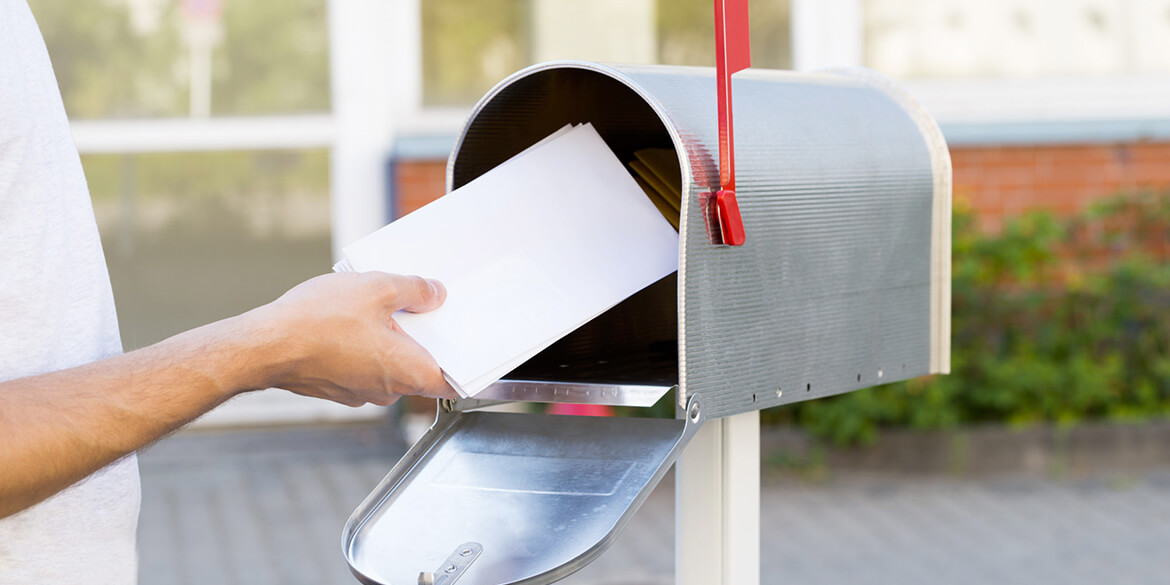Mailing a Check? You May Want to Reconsider.

Check writing has dwindled in recent years as retailers continue to phase out the payment option and consumers opt for more convenient, digital methods of banking. Though time and cost savings are obvious advantages to ditching the checkbook, the biggest incentive for going paperless is greater financial security.
Check Fraud on the Rise
Check fraud isn’t new, but it’s grown significantly since the pandemic when government relief checks were being mailed with greater frequency. It’s typically initiated when fraudsters steal mail out of private and public U.S. postal boxes, focusing their attention on envelopes that appear to be bill payments or greeting cards. They then use a tactic called “check washing” to remove the existing ink from the payee and amount fields, replacing it with their own name and desired dollar amount. In some cases, they’ll also gather personal details from the check to conduct identity theft.
Despite check usage declining, there are still about 3.4 billion checks being written each year, with the average amount per check hovering above $2,500. That’s a lot of money changing hands – and a lot of opportunities for fraud. According to the U.S. Department of the Treasury, check fraud increased by more than 80% between 2021 and 2022, with over 680,000 reports of check fraud being made to the Financial Crimes Enforcement Network (FinCEN) just last year.
How You Can Prevent Check Fraud
We understand there are still instances where writing a check is necessary, and you may be wondering how to protect yourself. Keeping a vigilant watch over your checkbook, using indelible ink to impede check alteration, and limiting the personal information printed on your checks are all great places to start. The real test, however, comes after the check leaves your hands, which is why you should consider:
-
A direct handoff. Whenever possible, hand check payments and gifts directly to the recipient, versus sending in the mail.
-
Visiting the post office. Do not use your personal mailbox to mail checks. Not only does it provide easy access, but propping up the red flag to alert your mailperson reads like an open invitation for thieves. Instead, drop off your checks directly at the post office.
-
Picking up check orders at your local branch. If one compromised check can wreak havoc on your bank account, imagine what a set of blank checks could do. When you order new checks through your financial institution, you’ll be notified when they arrive and can schedule a time to pick them up.
-
COMING SOON! Positive pay (for business checking accounts). This service allows you to pre-authorize checks for a certain amount as well as the check number, cutting down on a criminal’s ability to wash the check and withdraw unauthorized amounts of money.
Alternatives to Check Payments
Whenever possible, we strongly encourage you to explore alternative (and more secure) methods of payment, including:
-
Digital banking and online bill payments
-
Debit and credit card payments
-
Mobile apps, such as PayPal, Venmo, Cash App, etc.
We’re Looking Out for You
As with every transaction and interaction that takes place under our watch, we’re monitoring for signs of fraud at our branches and through mobile check deposit services and will notify you promptly of any suspicious activity.
Community First Members - if you think you have been the victim of fraud, contact us immediately so we can take steps to protect your accounts.